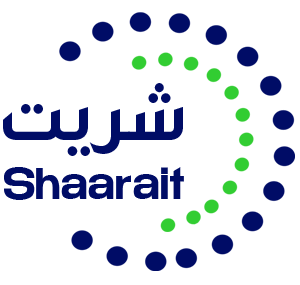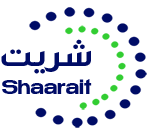Robotic Process Automation in Digital Enterprises
Robotic Process Automation is the ideal technology for many labour-intensive knowledge work. It handles repetitive, and rule-based, large volume tasks particularly well.
Prediction
Within the next two years, 72% of organizations will be working with RPA
SPENDING
63% Spending on RPA software in 2018
GROWTH
The year over year growth rate for 2020 is estimated at 61.34%
INVESTMENT
78% of enterprises who had already adopted RPA anticipate increases in their RPA investments during the next three years.
RPA
Robotic Process Automation
vs Human
where does business process automation fit with business process automation?
The simple answer is, robots are well suited to re-keying tasks. It provides intelligence and context to that data which turns that data into a powerful asset for any business.

What is robotic process automation (RPA)?
Robotic Process Automation (RPA) is a technology that utilizes pre-defined business logic, established rules and structured data to automate business processes. RPA allows organizations to automate task just like a human being was doing them across application and systems.
What can RPA do for Business?
Robotic Process Automation bots have the same digital skillset as people—and then some. Think of RPA bots as a Digital Workforce that can interact with any system or application. For example, bots are able to copy-paste, scrape web data, make calculations, open and move files, parse emails, log into programs, connect to APIs, and extract unstructured data. And because bots can adapt to any interface or workflow, there’s no need to change business systems, applications, or existing processes in order to automate.
RPA bots are easy to set up, use, and share. If you know how to record video on your phone, you’ll be able to configure RPA bots. It’s as intuitive as hitting record, play, and stop buttons and using drag-and-drop to move files around at work. RPA bots can be scheduled, cloned, customized, and shared to execute business processes throughout the organization.
RPA can be used to automate repetitive tasks both in the back office and front office that require human intervention. Some common RPA examples and use cases we encounter are automation of data entry, data extraction, and invoice processing. General Uses of RPA are as follows:
Emulates Human Action
Emulates human execution of the repetitive process using various application and systems.
Perform Multiple Tasks
Operates multiple and complex tasks across multiple systems. This helps to process transactions, manipulate data and send reports.
Automated report generation
Automates the extraction of data to comes up with accurate, effective and timely reports.
Technical debt management
Helps to reduce technical debt by reducing the gap between systems, preventing the introduction of custom implementations.
Quality Assurance
It can be beneficial to QA processes which cover regression testing and automating customer use case scenarios.
Gap solutions
Robotic automatic fills the gaps with process deficiencies. It includes may simple tasks as password resets, the system resets, etc.
Conduct high-volume repeated tasks
Robotics process automation can easily simulate rekeying of data from one system to another. It performs tasks like data entry, copying, and pasting.
Virtual system integration
This automation system can transfer data between disparate and legacy systems by connecting them at the user interface level instead of developing new data infrastructure.
Information validation and auditing
Resolves and cross-verify data between different systems to validate and check information to provide compliance and auditing outputs.
Product management
It helps to bridge the gap between IT systems and related product management platforms by automated updating of both systems.
Data migration
Allows automated data migration through systems which is not possible using traditional mediums, like document, spreadsheets or other source data files.
Revenue forecasting
Automatically updating financial statements to predict revenue forecasting.
OFFERINGS
BOOST PRODUCTIVITY AND IMPROVE YOUR BOTTOM LINE
Shaarait helps designing the processes you want your employees to handle, and deliver long-term success and saving valuable time that might’ve been spent on repetitive tasks.




